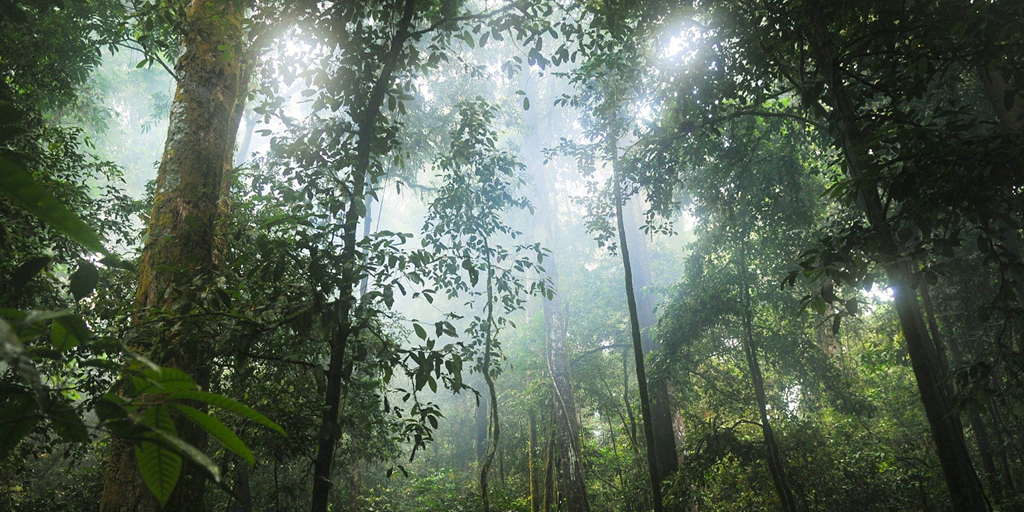This huge study unravels the factors controlling tree mortality rates in Amazon forests and helps to explain why tree mortality is increasing across the Amazon basin.
The capacity of the Amazon forest to store carbon in a changing climate will ultimately be determined by how fast trees die- and what kills them.

Tree mortality is a rare event so to truly understand it requires huge amounts of data. The RAINFOR network has assembled more than 30 years of contributions from more than 100 scientists. It includes records from 189 one-hectare plots, each visited and monitored on average every 3 years. In total more than 124,000 living trees were followed, and 18,000 tree deaths recorded and analysed.
This analysis published in Nature Communications (Adriane Esquivel Muelbert et al 2020) found that the mean growth rate of the tree species is the main risk factor behind Amazon tree death, with faster-growing trees dying off at a younger age. These findings have important consequences for our understanding of the future of these forests. Climate change tends to select fast-growing species. If the forests selected by climate change are more likely to die younger, they will also store less carbon.
“Understanding the main drivers of tree death allows us to better predict and plan for future trends – but this is a huge undertaking as there are more than 15,000 different tree species in the Amazon.” Dr Adriane Esquivel-Muelbert, Birmingham University and University of Leeds, UK.
The Full Story: Scientists unravel how and why Amazon trees die.
The Full study: Adriane Esquivel Muelbert et al 2020 Tree mode of death and mortality risk factors across Amazon forests – is published in Nature Communications 11 5515. DOI: 10.1038/s41467-020-18996-3
